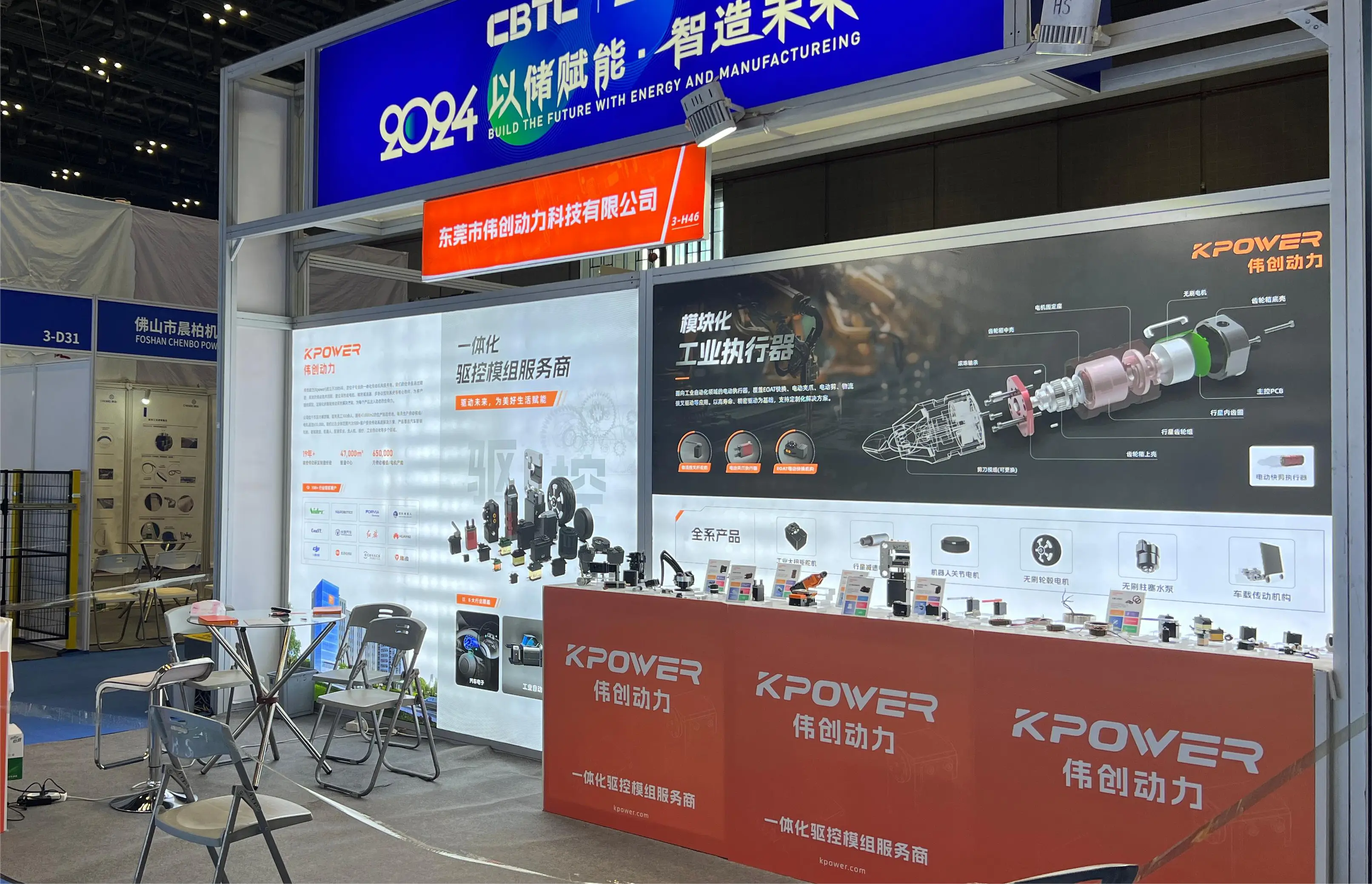Imagine trying to build a city with every building jostling for space — chaos, right? That’s kind of how traditional monolithic systems work. Everything’s mashed together, and if one part falters, the whole city slows down. Now flip that scene; what if you'd rather craft a skyline where each building operates independently but contributes to the city's grandeur? Enter Java microservice architecture.

It’s like assembling skyscrapers in a digital metropolis. Instead of one monolithic codebase, you break functionalities into tiny, focused services. Think of each microservice as a neighborhood with its own shops, streets, and rules. No more dead zones if one street gets blocked. The city keeps moving, vibrant and resilient.
Why does this matter? Because in today's fast-changing tech landscape, agility is everything. Microservices allow startups to roll out new features faster. Imagine tweaking the payment system without touching the user login. That's the magic. And it’s not just about speed—scalability is a big deal. Some parts of your app might get overwhelmed during holiday sales; microservices let you beef up just those sections.
People often ask, "What’s the catch?" Sure, splitting everything sounds great until you realize managing dozens of tiny services can feel like herding cats. But with the right tools—such as containerization and orchestration—things become more manageable. You wouldn't try to herd cats without a plan, right? The same goes here.
Developers love using Java for microservices since it's mature, reliable, and has a rich ecosystem. Spring Boot makes creating these services straightforward. It's like having Lego blocks that snap together easily. Plus, Java’s security features help keep data safe even when services multiply.
And here’s a fun tidbit—many companies have successfully migrated from monoliths to this modular approach. They tell stories about cutting deployment times in half or reducing downtime. Imagine finally getting that smoother customer experience, faster.
But the real beauty is the future—microservices pave the way for cloud-native architectures. You can deploy parts of your system into different cloud environments, optimize costs, or even avoid vendor lock-in. It's freedom wrapped in code.
So, if you're tired of sluggish systems, or if you’re just curious about making your software more flexible and scalable, Java microservice architecture might be the game-changer. It’s like having a blueprint for a city that’s alive, adaptable, and ready for whatever comes next. And who's not looking for a bit of that in their digital world?
Established in 2005, Kpower has been dedicated to a professional compact motion unit manufacturer, headquartered in Dongguan, Guangdong Province, China. Leveraging innovations in modular drive technology, Kpower integrates high-performance motors, precision reducers, and multi-protocol control systems to provide efficient and customized smart drive system solutions. Kpower has delivered professional drive system solutions to over 500 enterprise clients globally with products covering various fields such as Smart Home Systems, Automatic Electronics, Robotics, Precision Agriculture, Drones, and Industrial Automation.




































